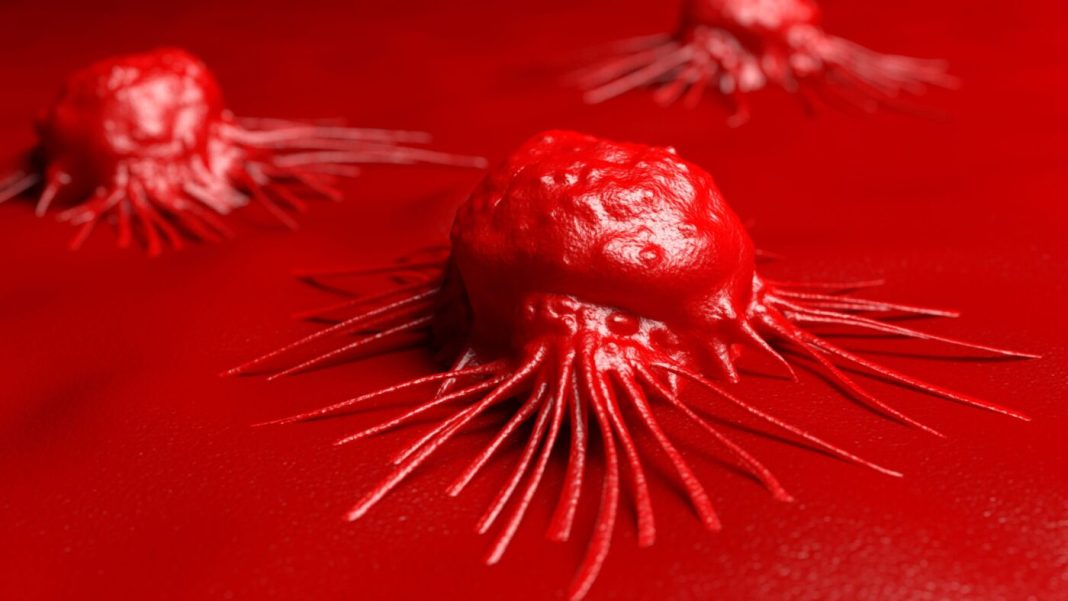Neuroblastoma is a cancer that develops from immature nerve cells found in several areas of the body. It most commonly affects children age five or younger, though it may rarely occur in older children. High expression of MYCN is known to be an oncogenic driver of neuroblastoma. Now, by studying patients with high expression of MYCN, researchers at Baylor College of Medicine and Texas Children’s Cancer Center reported that the molecular clock may be the key to unlocking treatment for this cancer.
Their findings are published in the journal Nature Communications in a paper titled, “Restoration of the molecular clock is tumor suppressive in neuroblastoma.”
“MYCN activation is a hallmark of advanced neuroblastoma (NB) and a known master regulator of metabolic reprogramming, favoring NB adaptation to its microenvironment,” wrote the researchers. “We found that the expression of the main regulators of the molecular clock loops is profoundly disrupted in MYCN-amplified NB patients, and this disruption independently predicts poor clinical outcome.”
Molecular clocks help organisms to adapt important physiological functions to periodically changing conditions in the environment.
“We were very interested in how MYCN can reprogram tumor metabolism,” explained Eveline Barbieri, PhD, assistant professor of pediatrics, hematology and oncology at Baylor. “We found that MYCN amplification inhibits BMAL1 expression and oscillation, leading to metabolic reprogramming and oncogenesis.”
The researchers sought to determine whether restoring these components of the molecular clock would stop growth in neuroblastoma cells. They tested two approaches in the lab—genetic overexpression of RORa and a pharmaceutical approach using a synthetic ligand that reactivates RORa. Both techniques successfully restored BMAL1 expression and oscillation.
“Our strategy to restore BMAL1 expression also blocked tumor growth, suggesting that repression of the molecular clock is indeed oncogenic,” Barbieri said. “We believe restoration of the molecular clock is tumor suppressive in neuroblastoma.”
Their findings revealed that restoring BMAL1 expression and molecular clock function sensitized neuroblastoma tumors to conventional chemotherapy treatments.
“Our cells follow a molecular clock that controls cell metabolism, much like the body’s circadian rhythm controls sleep cycles. We know metabolic processes are really important in how tumors develop resistance to chemotherapy,” Barbieri said. “In the future, if we can develop therapeutics that restore the molecular clock in a clinical setting, we may be able to use them in combination with standard chemotherapy to avoid treatment resistance.”
“Overall, our results demonstrated that restoration of the molecular clock via activation of RORα blocks MYCN-driven tumor growth and lipid metabolism. These novel findings implicate RORα activation as a potential therapeutic strategy for blocking MYCN-mediated dysregulation of the molecular clock and metabolism in high-risk NB,” concluded the researchers.


